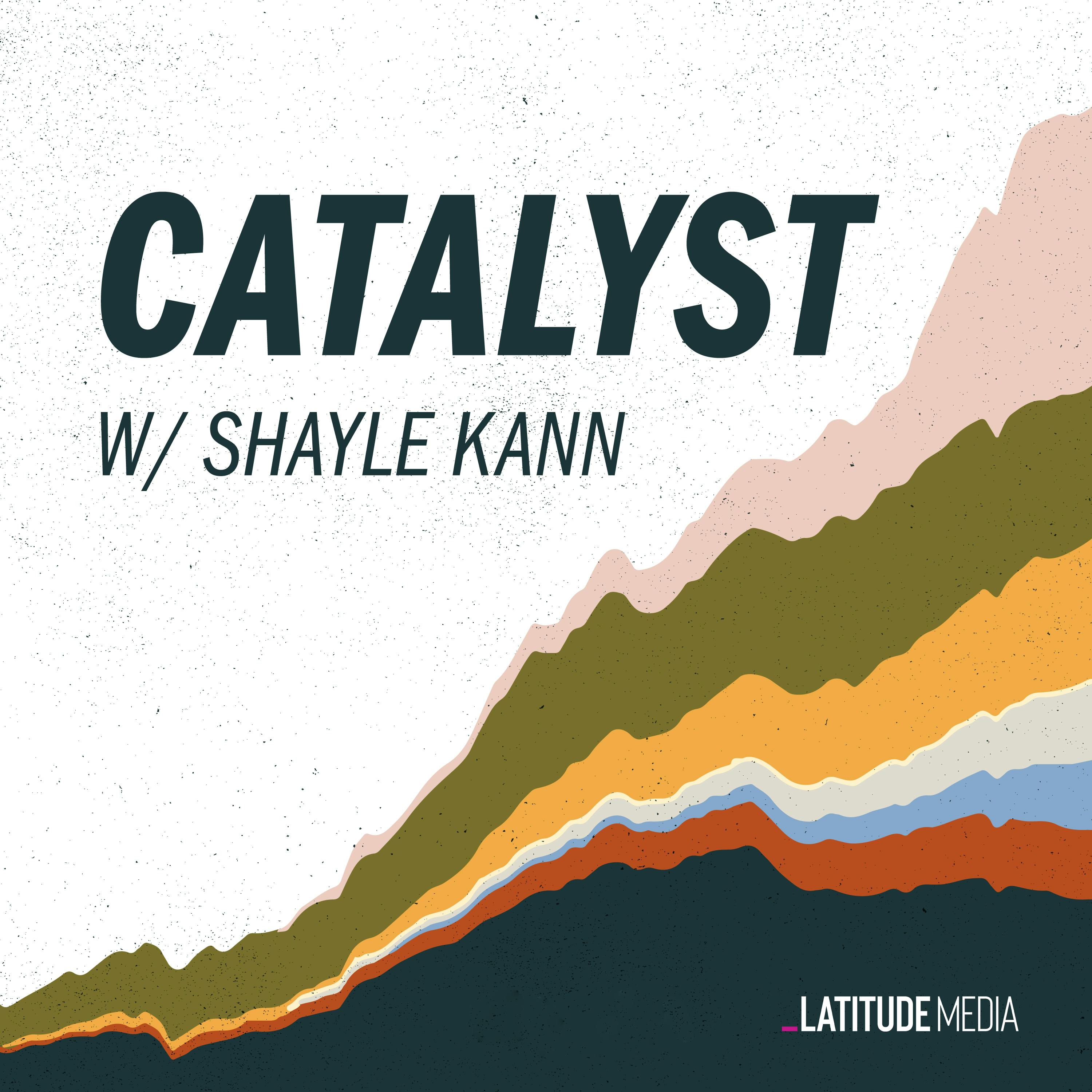

Catalyst with Shayle Kann
Latitude Media
Investor Shayle Kann is asking big questions about how to decarbonize the planet: How cheap can clean energy get? Will artificial intelligence speed up climate solutions? Where is the smart money going into climate technologies? Every week on Catalyst, Shayle explains the world of climate tech with prominent experts, investors, researchers, and executives. Produced by Latitude Media.
Episodes
Mentioned books

4 snips
Apr 4, 2024 • 37min
The world of battery recycling
The podcast explores the booming lithium-ion battery and recycling businesses. Financiers are investing heavily, but the challenge lies in obtaining enough used batteries. Topics include different recycling technologies, Redwood Materials' focus on feedstock, and the complexities of battery recycling methods. The conversation also touches on the economic challenges and market inefficiencies in the battery recycling industry.

62 snips
Mar 28, 2024 • 48min
The electricity gauntlet has arrived
The podcast covers the electricity gauntlet with rising demand for power from EVs, data centers, and electrification. Utilities are struggling to keep up with supply. The AI race is fueling demand, leading to new gas plants and open coal plants. Topics include nuclear power, grid-enhancing tech, geothermal, and multi-day storage solutions.

8 snips
Mar 21, 2024 • 32min
Digging into the SEC climate disclosure rules
A discussion on the new SEC climate disclosure rules and how they compare to EU standards. Topics include requirements for disclosing greenhouse gases, which companies must comply, and the importance of standardized reporting. The podcast also explores challenges with Scope 3 reporting, investor utilization of emission data, and surprises in the SEC rules, like the exclusion of Scope 3 impacts.

6 snips
Mar 14, 2024 • 41min
Climate tech’s tough year in the public markets
Climate tech stocks have been underperforming in the public markets for months due to factors like higher interest rates and election uncertainty. The podcast discusses trends in EVs, solar, and lithium, as well as investors moving funds into climate tech stocks. Analysts' expectations for climate tech stocks in the near- and long-term are also explored.

9 snips
Mar 8, 2024 • 38min
The early days of AI on the grid
The podcast discusses the potential of AI in revolutionizing the grid infrastructure with applications like wildfire management, customer modeling, automated communication, and predictive maintenance. It explores the increasing adoption of AI in the power sector for optimization, cost reduction, and efficiency, while highlighting challenges and incremental changes in AI use cases. The conversation delves into the intersection of AI, startups, and venture funding in the energy sector, pointing towards innovative solutions and significant funding for startups.

31 snips
Feb 29, 2024 • 44min
The challenges of building a carbon removal portfolio
Exploring the wild and unexplored carbon removal market, Stacy Kauk from Shopify shares insights on building a diversified removal portfolio. From forward purchases to challenges faced by startups, the podcast covers hot technologies like biomass burial and ocean alkalinity enhancement.

18 snips
Feb 22, 2024 • 34min
The electric transformer shortage
The podcast discusses the shortage of electric transformers, with lead times exceeding two years and prices soaring over 60%. They explore the reasons behind the shortage, such as rising demand from renewables, storms, federal investment, and EV chargers. The housing market crash of the 2000s made manufacturers cautious, while labor shortages and new DOE rules add to the challenges.

13 snips
Feb 20, 2024 • 27min
Frontier Forum: Diving into the booming transferable tax credit market
Exploring the booming transferable tax credit market post Inflation Reduction Act, driving $110 billion in investments for clean energy. New shift in US tax code allows selling of wind, solar, storage, and manufacturing credits. Crux secures $18 million funding to scale sustainable finance platform. Market growth, pricing challenges, emerging trends, and future predictions in clean energy tax credit trading discussed.

29 snips
Feb 15, 2024 • 43min
More 2024 trends: ESG, carbon certifications, curtailment, and AI
In this second part of the conversation, Shayle and Nat cover topics like: ESG as the new third rail of finance, curtailed power and the need for design, carbon certification standards, biodiesel's impact on Europe's biofuel supply, First Solar's success, and declining hydropower, slowing coal growth, and rising hype around AI.

67 snips
Feb 8, 2024 • 52min
2024 trends: batteries, transferable tax credits, and the cost of capital
The podcast discusses interesting topics such as the state of batteries, transferable tax credits for renewables, and the rising cost of capital in climate tech. It also explores the dominance of Asia in the battery market and the challenges of battery recycling and material recovery.


